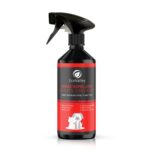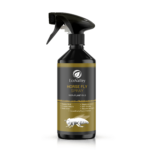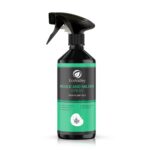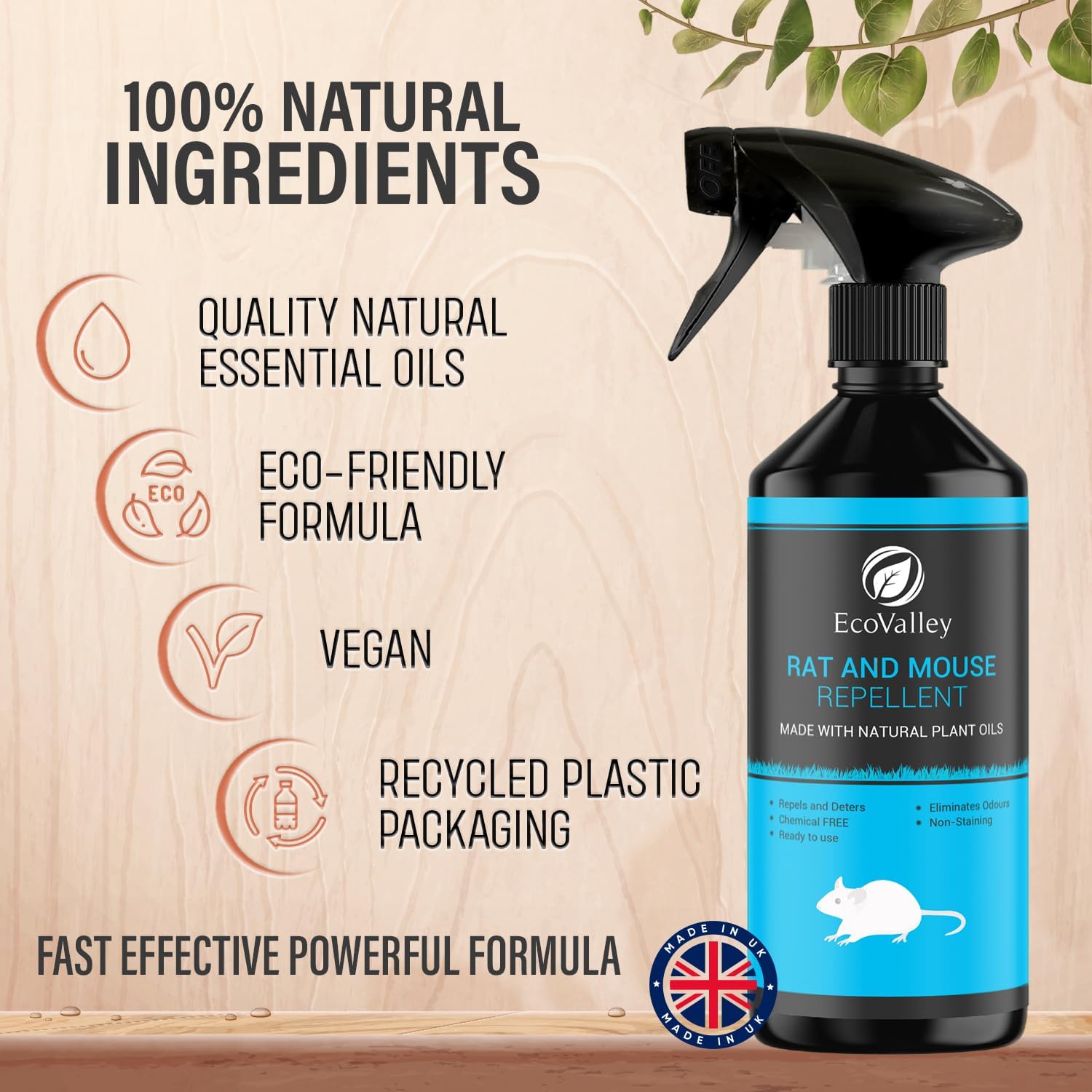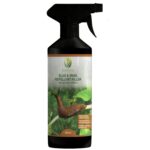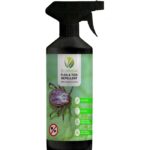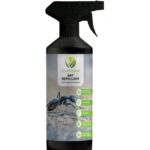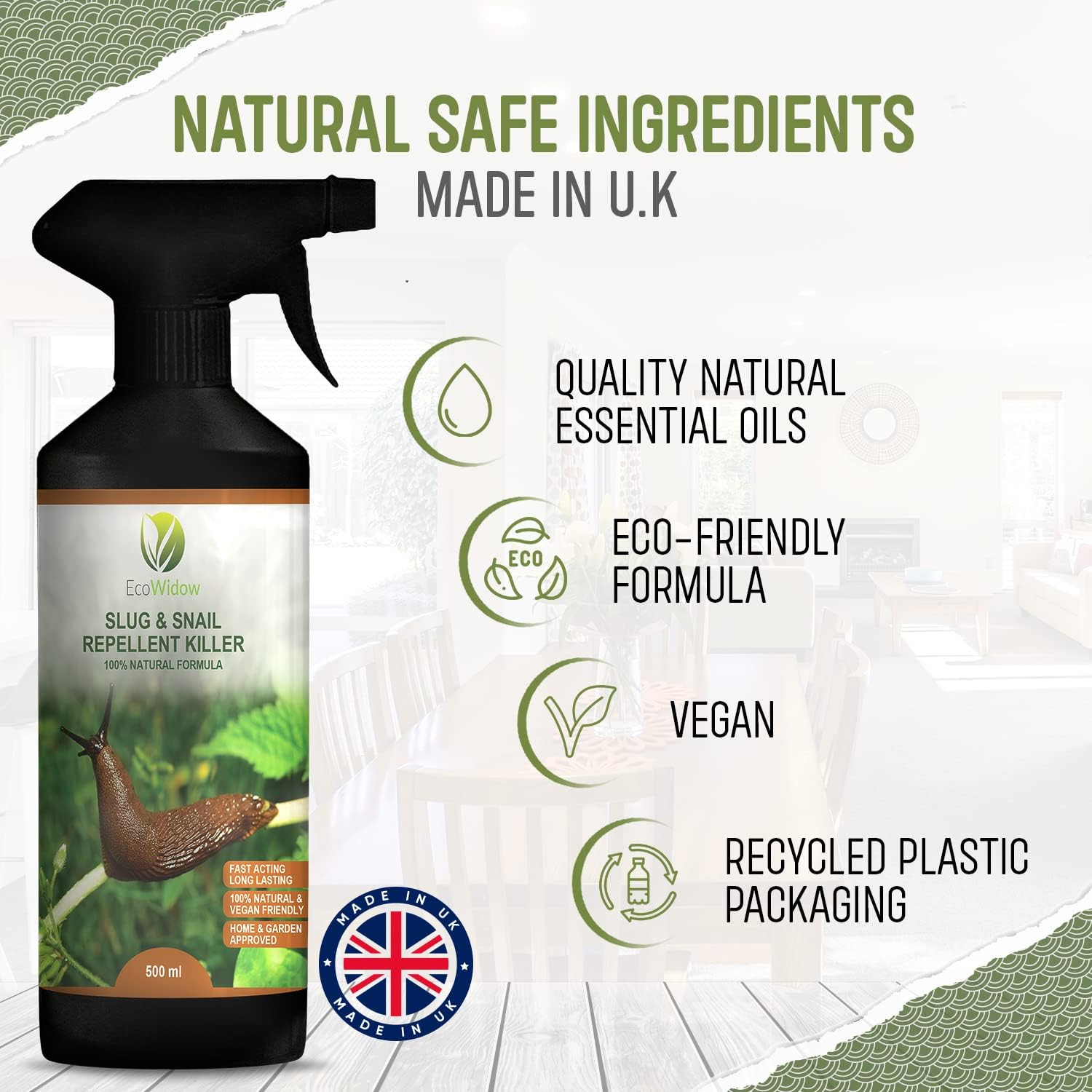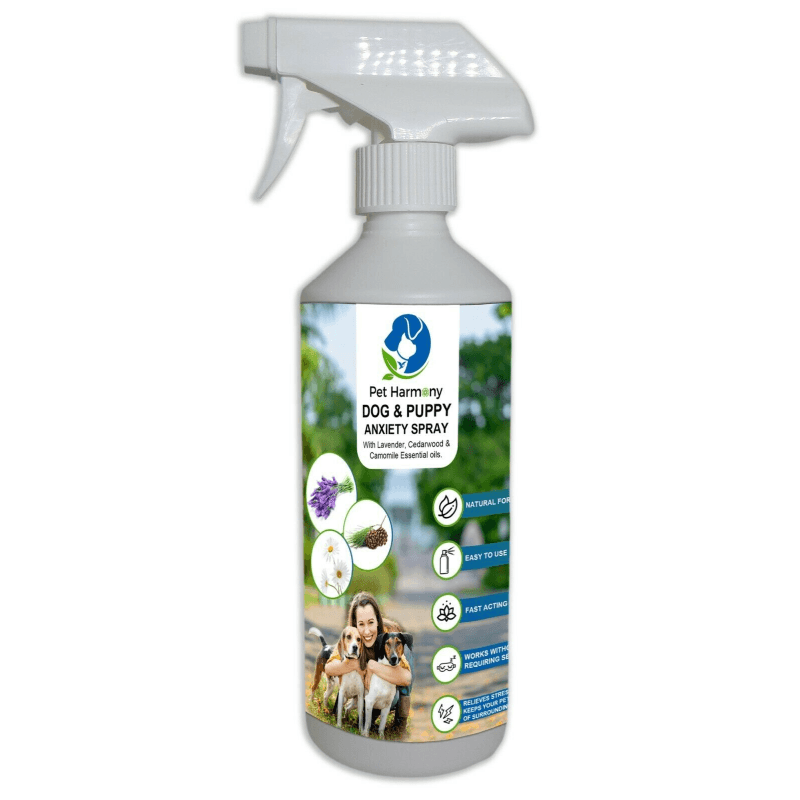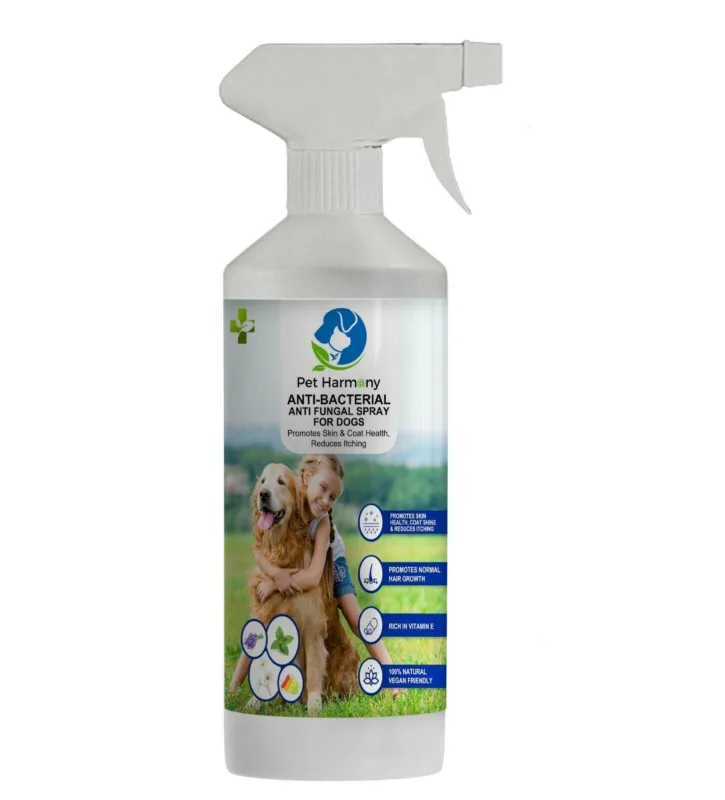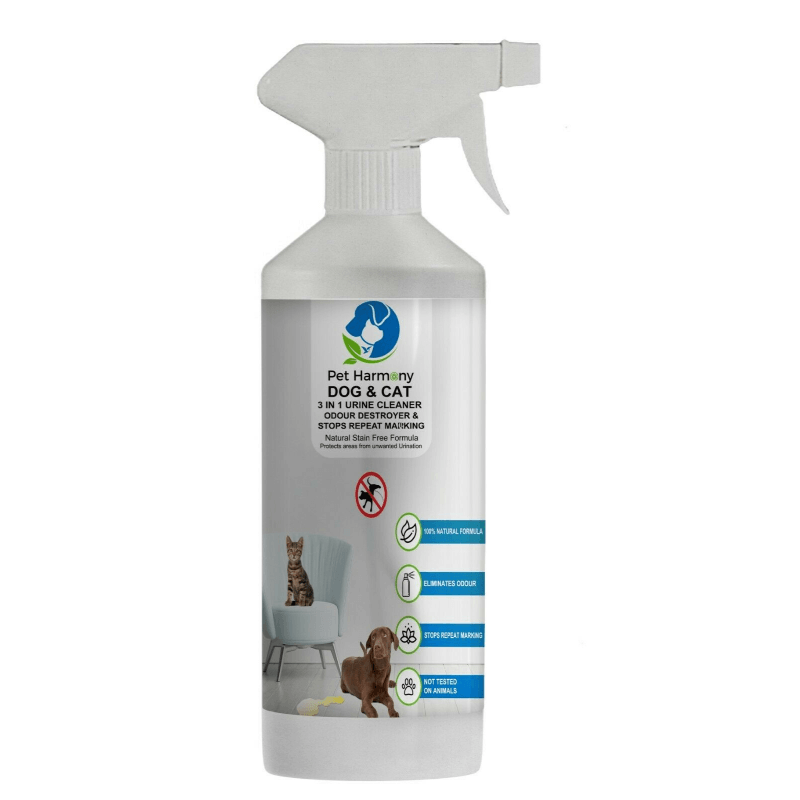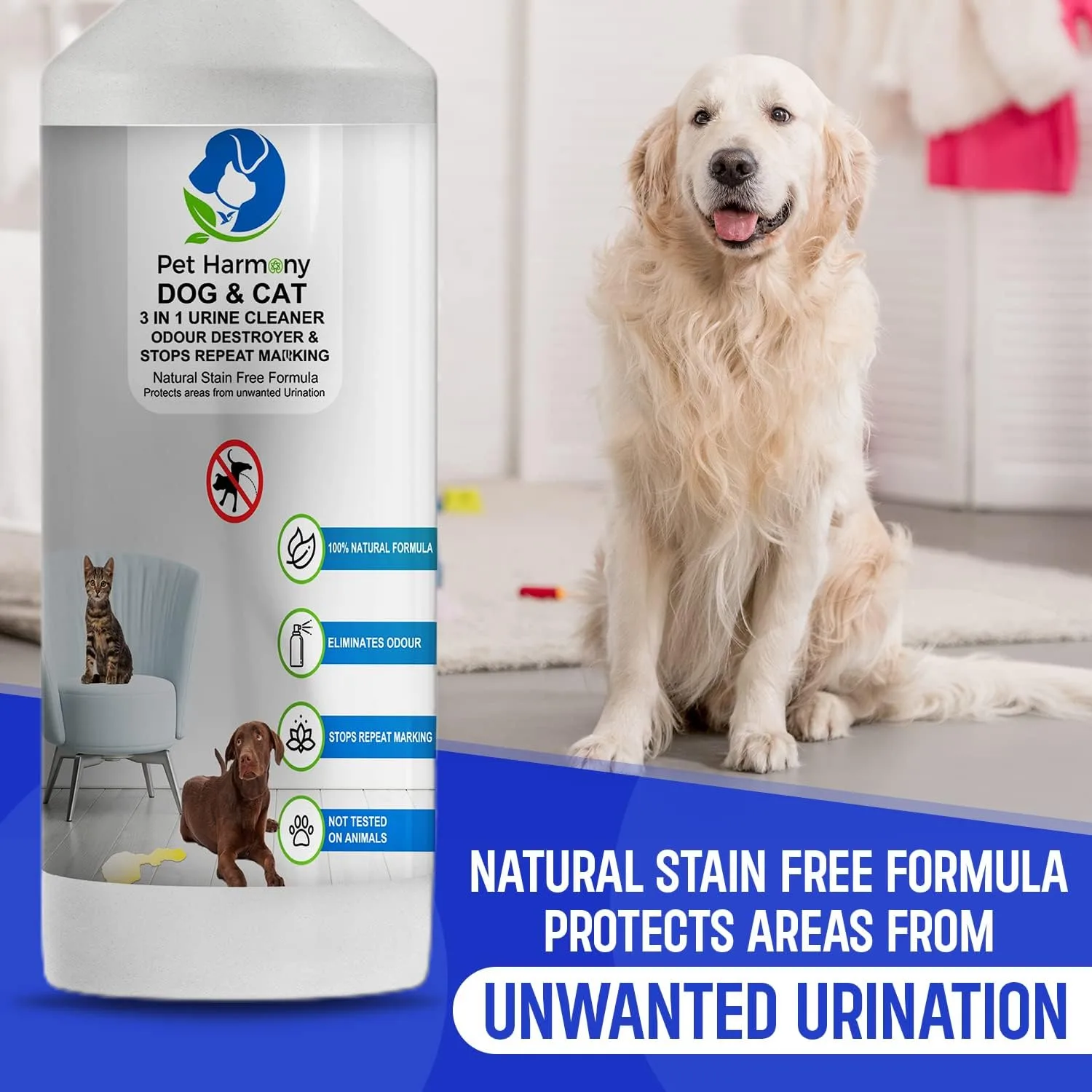If your dog has a wound, you should treat it as soon as possible. Afterward, you should apply some anti-inflammatories to prevent secondary infection. You should also make sure that you clean the wound thoroughly daily to avoid secondary infections. If you do not apply antibiotics, you should use a topical solution, such as Vaseline or Honey. If you do not use an antibiotic cream, you should clean the wound daily.
Pet Harmony Natural Dog Skin Healing Spray
Looking for a natural home remedy to help heal your dog’s skin problems? Look no further than Pet Harmony Natural Dog Skin Healing Spray. This spray is made with ingredients that have been proven to help improve dog skin conditions, and it can be used as a topical treatment or an additive to your dog’s food. Mist the spray onto your dog’s dry skin, and allow it to soak in for a few minutes before rinsing off.
Anti-inflammatories
If you have a dog with a deep wound, anti-inflammatories can speed up the healing process. These natural compounds can help relieve joint pain and inflammation and help to repair cartilage. They are found naturally in shellfish and are available in supplement form. To help your dog recover from an injury or wound, consider giving your dog a glucosamine or chondroitin sulfate supplement.
Another option to consider is an herbal tea rinse. The best anti-inflammatories are those that have anti-microbial properties. Herbal teas are known for speeding wound healing and are ideal for this purpose. Chamomile and St. John’s Wort are two great options. Mix 2 teaspoons of each herb in a cup of boiling water and let it steep for at least an hour. Remember to keep the area clean and apply the herbal treatment to the wound at least twice daily.

Calendula officinalis
A few benefits of using the herbal remedy Calendula officinalis to heal wounds. Calendula has fast wound healing properties, mainly when applied topically. It has shown excellent results on wounds that were infected. Its flavonoid content may explain its effectiveness. This herb has numerous uses, including treating injuries inflamed and infected by antibiotics.
It is also an effective way to kick off a leftover infection that a previous illness might have caused. It is an effective way to fight any lingering cold or cough as an antimicrobial. Calendula also promotes gut health, which is associated with the development of moods. Since it promotes gut health, it also positively impacts brain activity. It is a natural remedy for wounds and can be used as a mouth rinse.
The flower of the Calendula officinalis plant has a powerful anti-inflammatory effect. This flower can help heal wounds fast by inhibiting the activation of macrophages and the release of pro-inflammatory cytokines. The flower also promotes keratinocyte migration and fibroblast proliferation. Further studies need to be conducted to determine how this plant can help heal wounds.
Honey
If your dog has a small open wound, honey may help the wound heal faster. You can either pour the honey directly into the wound or apply it to the wound through a medical-grade bandage. After using the honey to the wound, the dog is bound with an E-collar to prevent it from coming off. Change the bandage every day, and do a warm water lavage. After the bandage is removed, reapply honey as needed.
One of the most popular uses for honey is in treating bacterial infections. It’s also effective in treating wounds caused by MRSA or methicillin-resistant Staphylococcus aureus. It’s beneficial in cases where antibiotics and topical ointments have failed to do their job. Honeys are effective against MRSA, too, and have many other benefits. So, if your dog has a wound infected with this bacterial infection, honey could be your best bet for healing it quickly.
Vaseline
While Vaseline is an effective treatment for a dog’s wound, it should not be used on a large scale. This oily substance is not only toxic to dogs, but it can also cause additional problems, including an upset stomach. Vaseline is a petroleum-based product that is processed to be safe for humans before being put on drugstore shelves. While it will not harm a dog in small quantities, it should be treated with caution, as it can cause tummy trouble and may even lead to diarrhea and vomiting.
Before using Vaseline on your dog’s wound, make sure you first determine what caused it. While Vaseline has a high percentage of petroleum jelly, it is not the only petroleum jelly on the market. There are other types of petroleum jelly, and you must be sure to buy only those from a reputable manufacturer. It’s also important not to rub the substance inside your dog’s nostrils or into the wound. This can cause the substance to enter your dog’s nose and cause a severe infection.

How long does a wound take to heal on a dog?
Dogs have a speedy healing process when compared to humans. A wound will typically heal in about four to six weeks on a dog. This is because dogs have a lot of tissues and receptors that help speed up the healing process. You can do several things to help speed up the healing process, including applying topical treatments like hydrogen peroxide or dressings made from petroleum jelly or aloe vera. You can also try placing a piece of gauze on the wound and keeping it moist with hydrogen peroxide.
You can also do your best to keep your dog comfortable, including preventing him from scratching at the wound. You should also give him plenty of rest and drink plenty of water.
What can I put on my dog’s wound?
Many products can be put on a dog’s wound to help clean, soothe and protect. Wounds should be cleaned and debrided as soon as possible to reduce the risk of infection. To minimize pain, a topical anesthetic such as lidocaine or bupivacaine can be applied before the cleaning agent. Antiseptic ointments such as silver nitrate or chlorhexidine can be rubbed into the wound surface. If the wound is large or gaping, a bandage may need to be placed over it to prevent dirt and debris from entering. Once the wound is cleaned and debrided, a sterile dressing such as gauze or cloth should be applied. This can be changed daily to maintain the cleanliness of the wound. In some cases, wounds may need to be sutured closed.
Conclusion
In conclusion, there are many ways to help heal your dog’s wound. If the injury is not severe, you can try using a home remedy. If the wound is more powerful, you should take your dog to the veterinarian. By following these tips, you can help your dog heal quickly and get back to being his happy self!


